Texans have an insatiable thirst for the photos of (you guessed it) Texas. Lucky for us, we’re living in a golden age of Lone Star imagery. Just look at Instagram, where many of the state’s most celebrated photographers supply us with unending streams of boundless vistas, open roads, big skies, and Longhorn cattle wandering in splashy fields of wildflowers. I’m here for all of them. Crank up the saturation, click upload, and feed those scenes from the High Plains and “Abandoned East Texas”straight into my veins.
Photographer Trent Lesikar is traveling down a different road altogether. In his ongoing project The Shape of Texas, Lesikar documents the kinds of places and objects most of us drive past without noticing.
Through his lens, the banal is beautiful: He explores both tiny towns and big cities where he draws connections between Texas’s most potent symbols, like football, pumpjacks, and religious iconography. Lesikar also has a keen eye for capturing different eras of Texas within a single frame. He likes to play with juxtapositions where elements of Texas’ frontier mythology coexist with, say, modern skyscrapers. “I think of it like stacking time on time,” he says.
Lesikar’s approach to color photography follows such 20th century American pioneers as Stephen Shore, an acolyte of Andy Warhol known for transforming mundane settings, like gas stations, into indelible works of art. The Shape of Texas also reminds me of the “democratic camera” approach developed by Southern photographer William Eggleston, a contemporary of Shore’s. For his part, Lesikar says he draws on the influences of cinematographers such as Robert Elswit and Roger Deakins, frequent collaborators with, respectively, the Coen brothers and director Paul Thomas Anderson.
An Austin resident, Lesikar was born in Tyler and grew up in Cedar Hill, south of Dallas. He launched The Shape of Texas a few years ago while reflecting on his Czech ancestors who came through Galveston and settled west of Houston in 1853. More intimately, it also stemmed from the “big sense of Texas pride” he feels but cannot quite explain. So he hit the road, and not a moment too soon.
“A lot of these places aren’t going to be looking like this for much longer,” says Lesikar, whose end goal is to publish The Shape of Texas in book form. “I’m sure some of them changed as soon as I photographed them.”
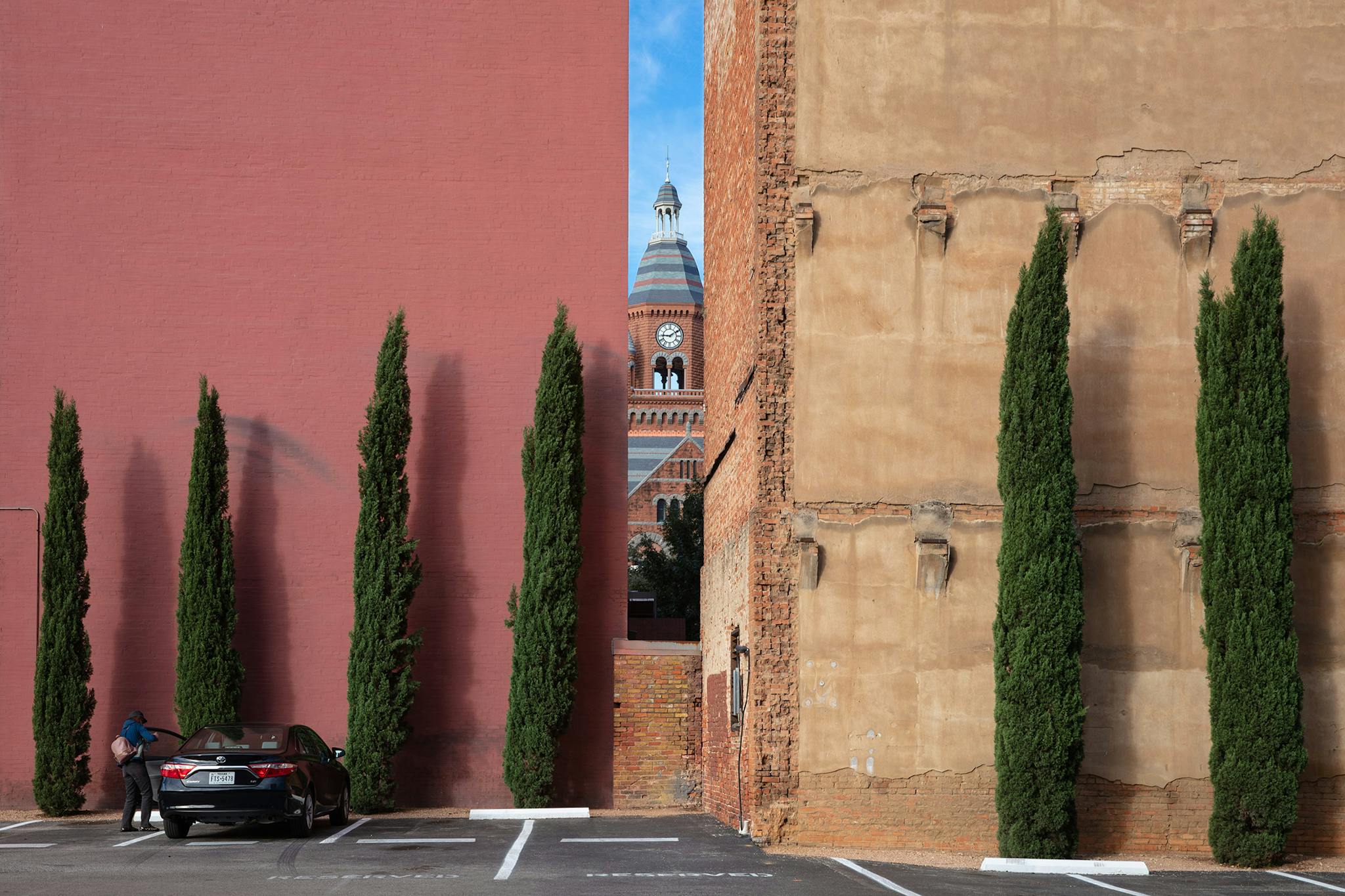
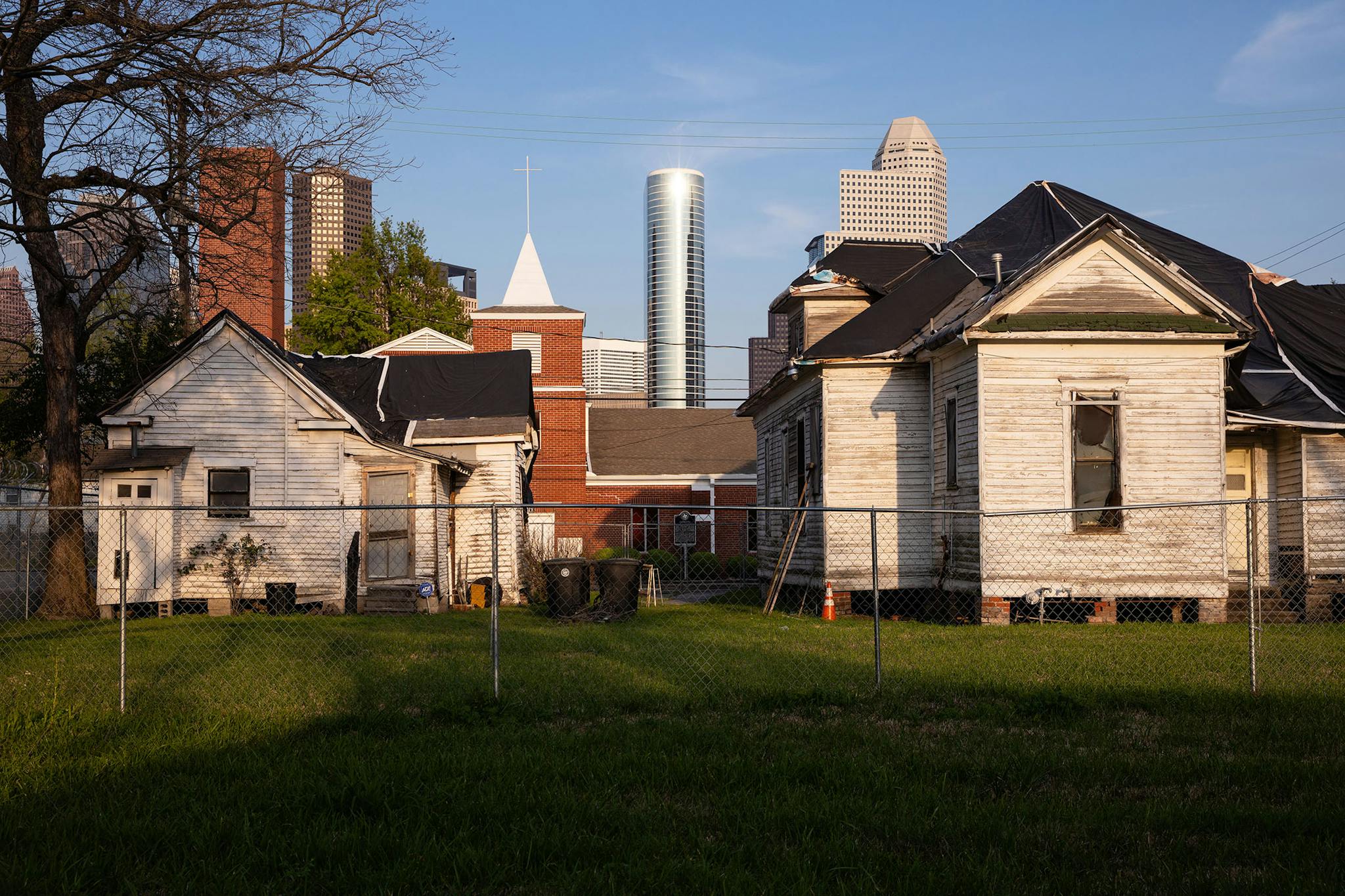
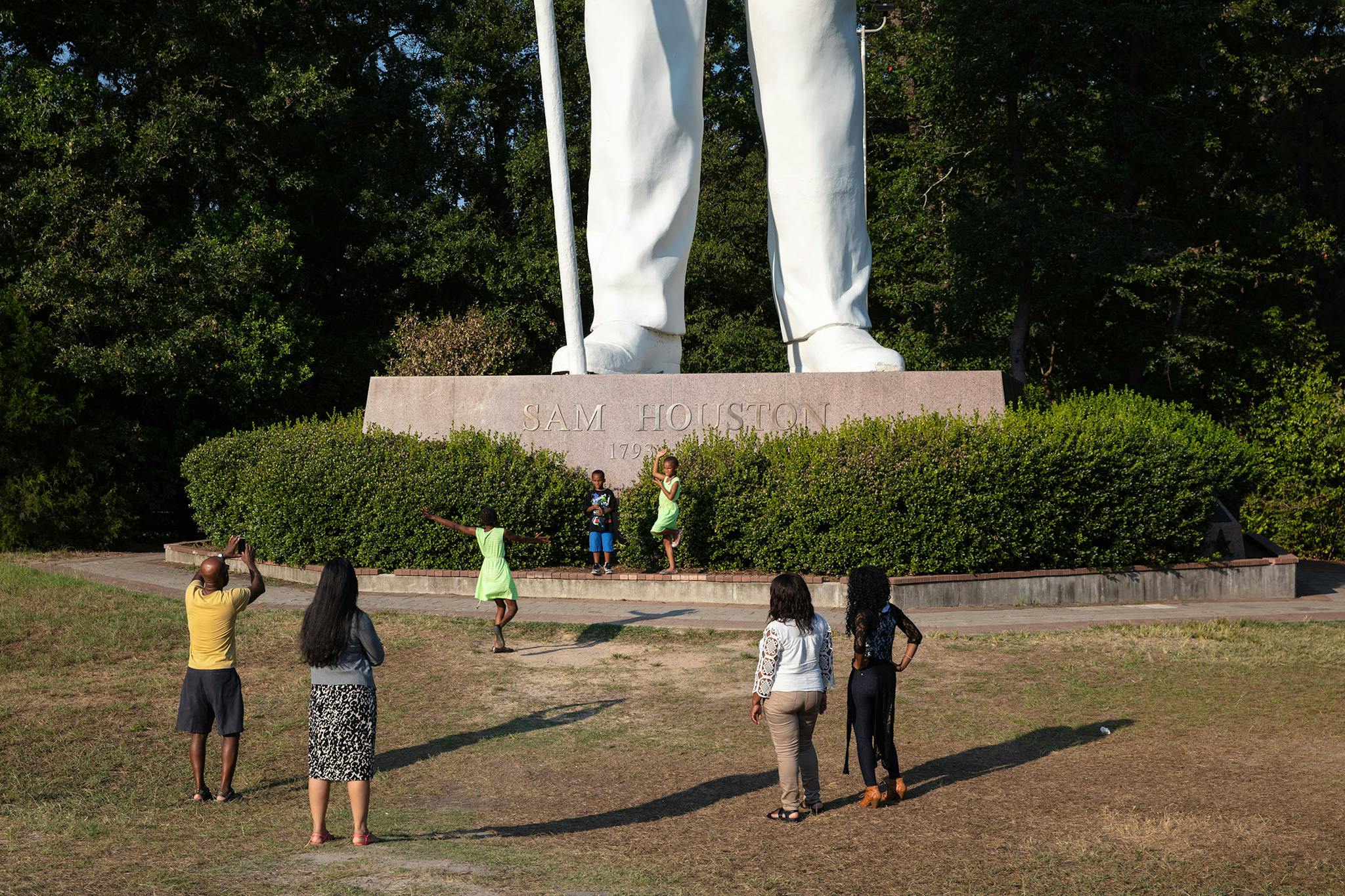
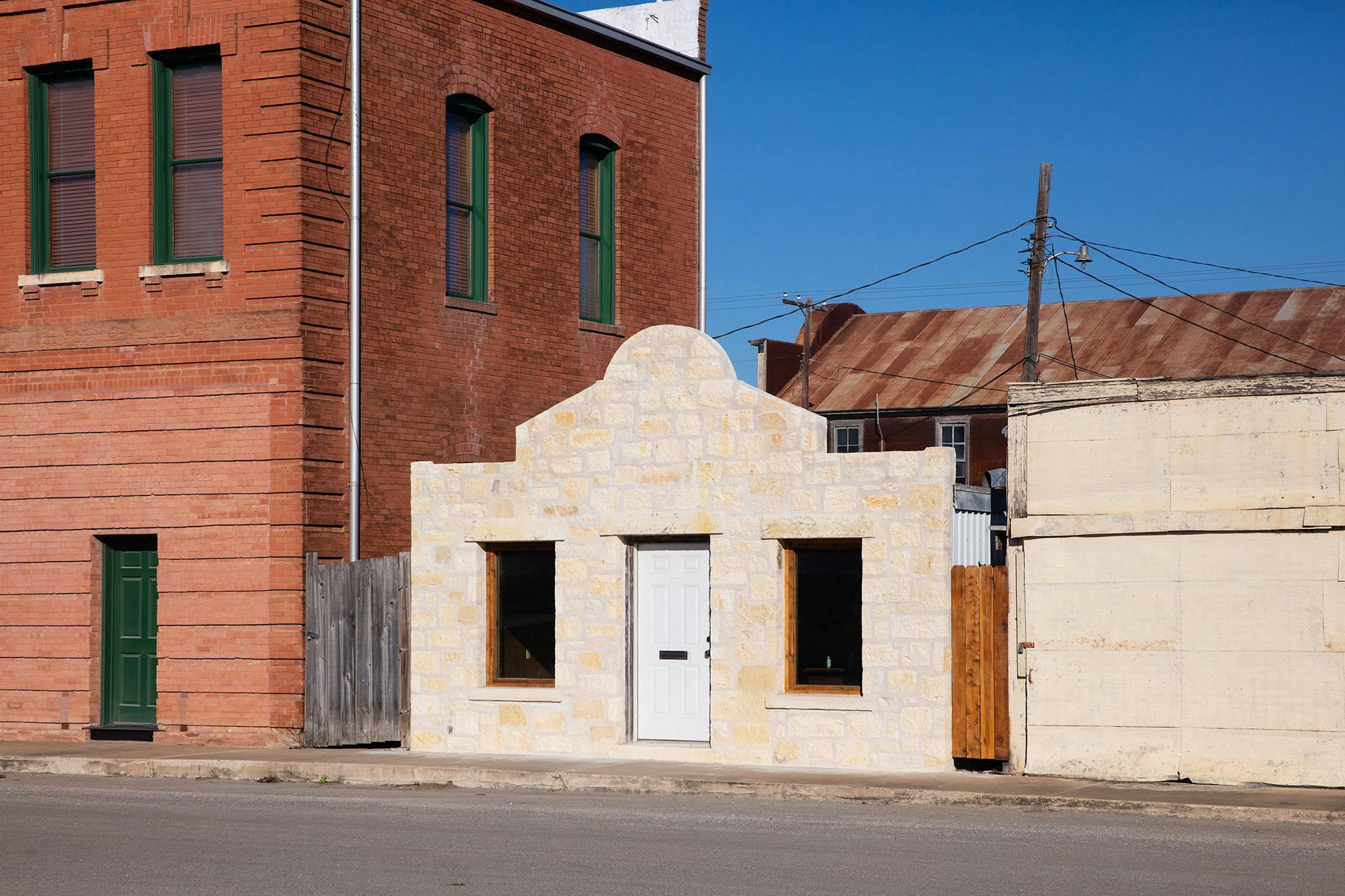
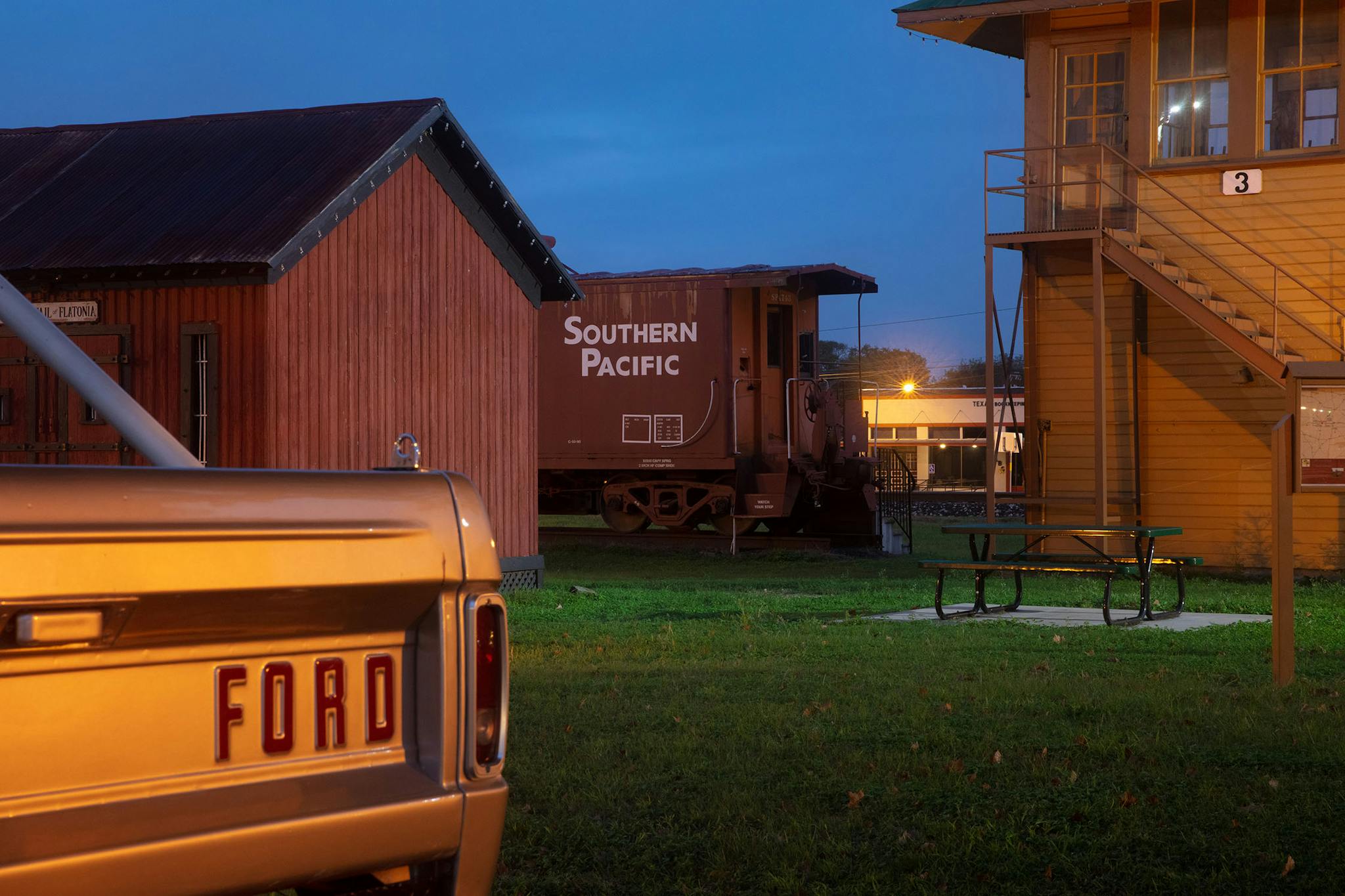

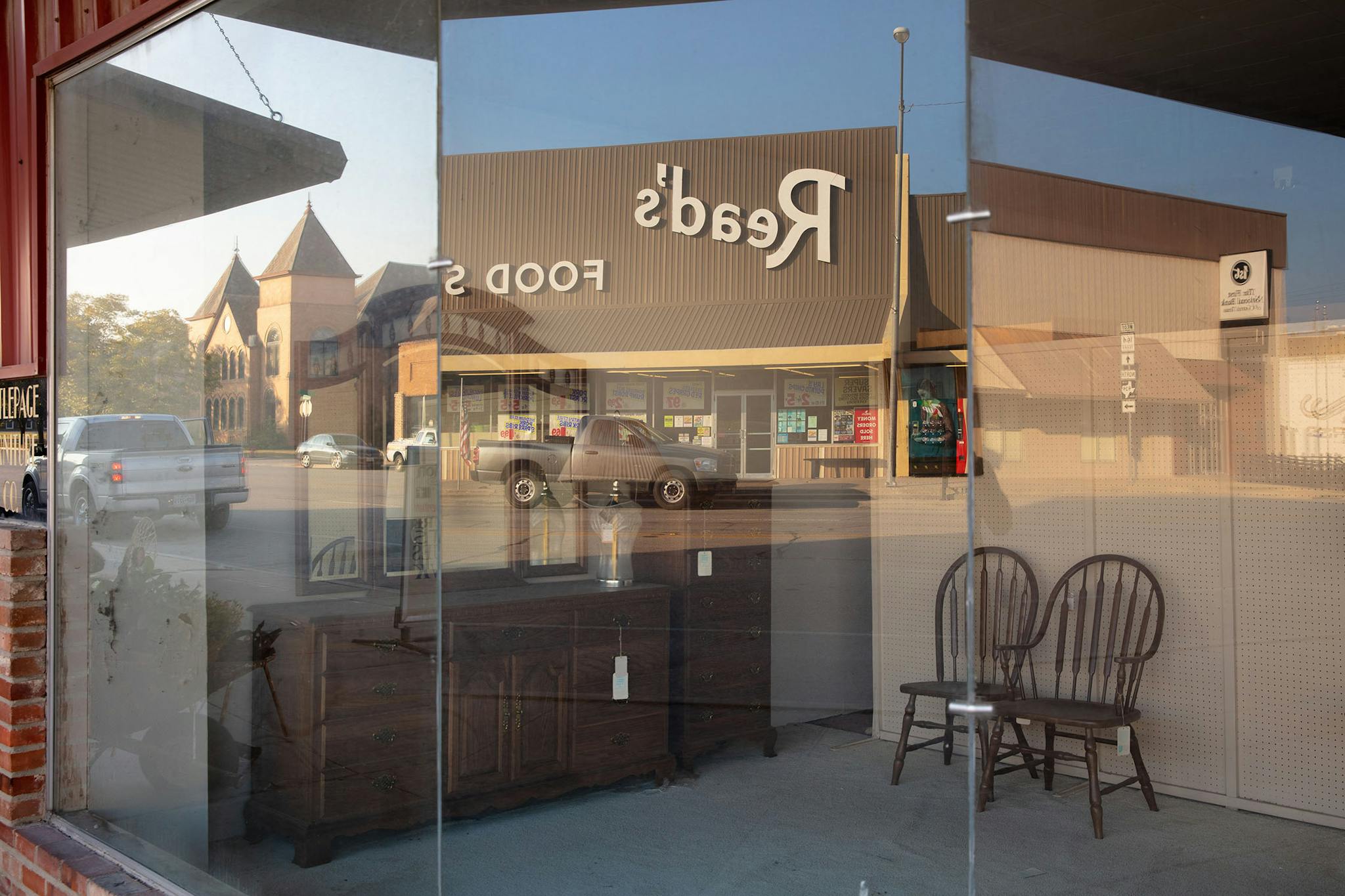
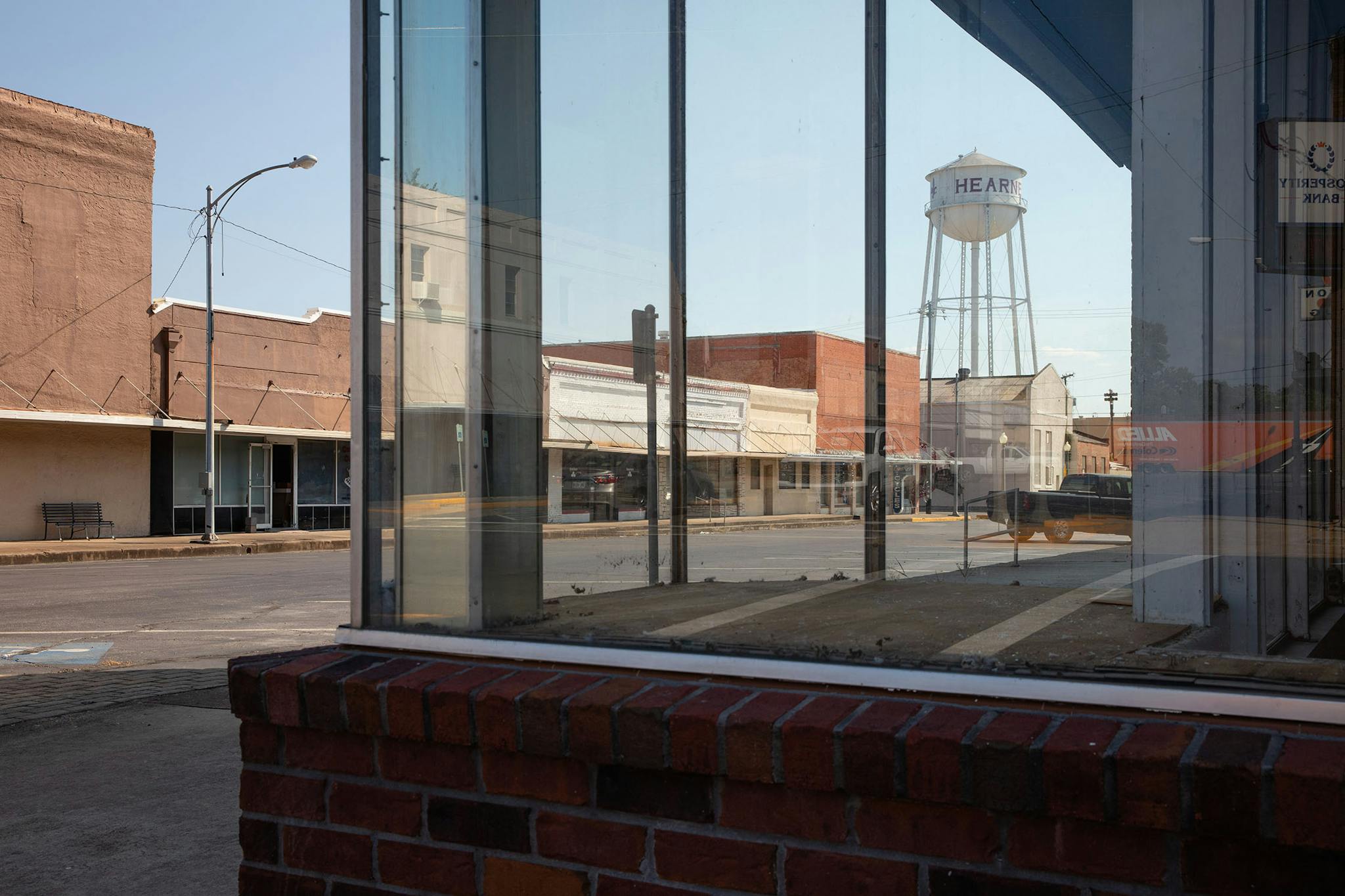

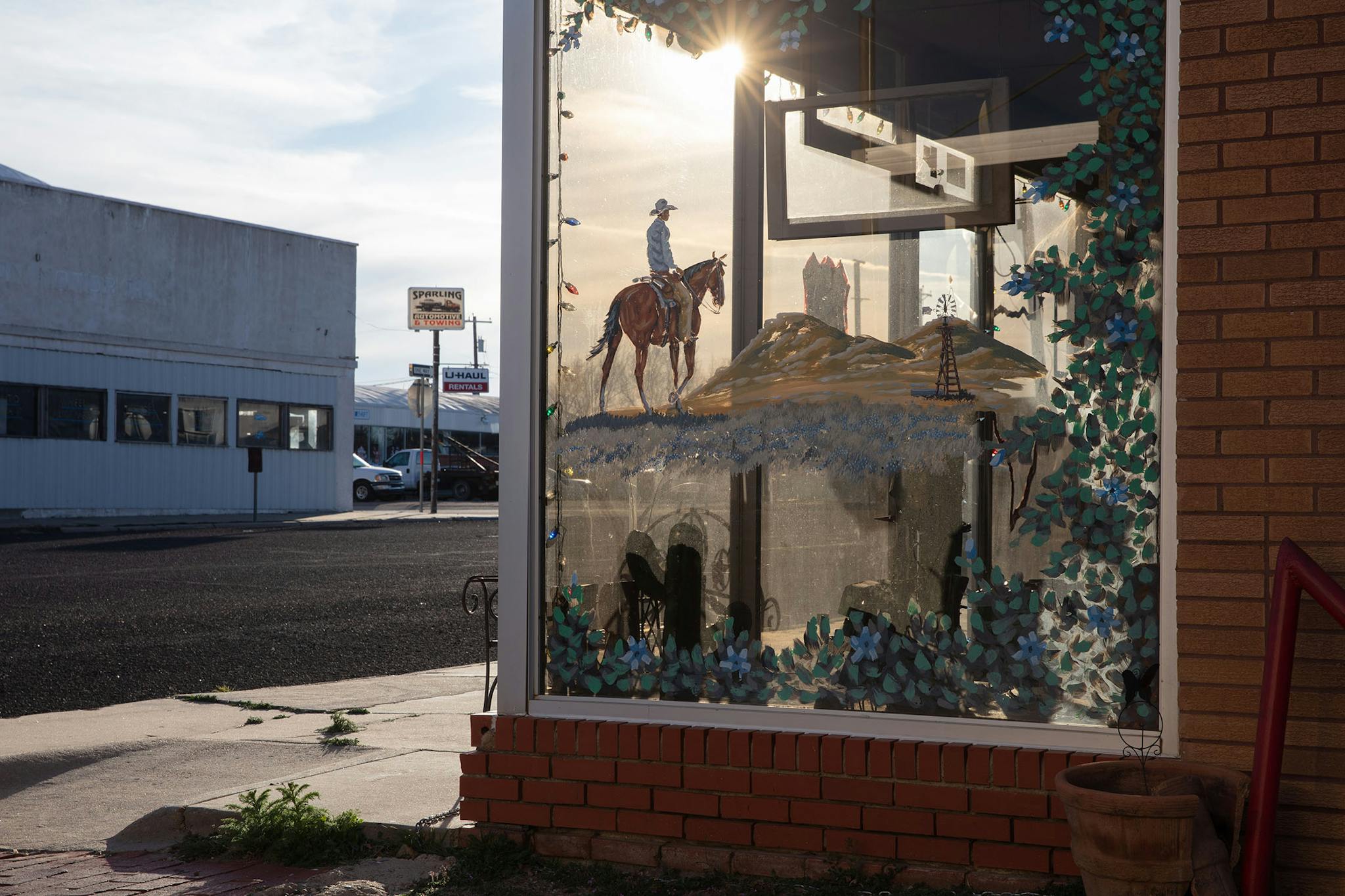
- More About:
- Art








